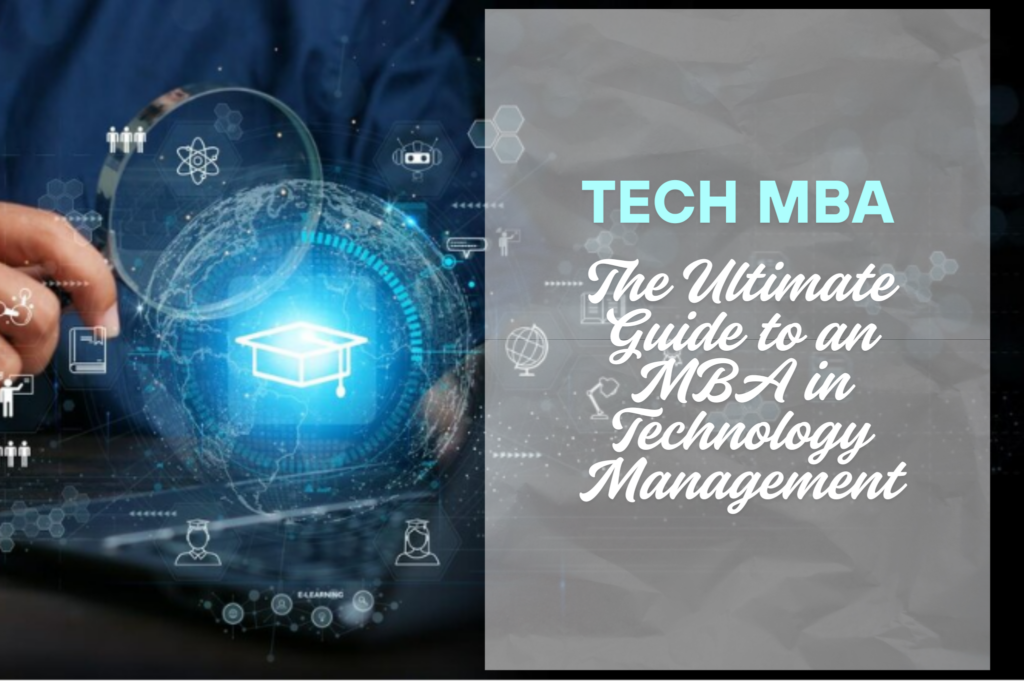Product Management – Not just for Product Managers
Coming across a Product Leader in the true sense who has had an illustrious career filled with trend-setting milestones is a rare phenomenon. But times can get lucky to make that rarity a reality. The Institute of Product Leadership (IPL) recently hosted a fireside chat with Dr. Raj Yavatkar, Senior VP and Fellow at VMware. Dr. Yavatkar has had an eventful career focused on path-breaking innovations in networking and cloud technology. He is the lead author on 60+ research papers and 35 patents.
Prof. Pinkesh Shah, IPL’s senior faculty interviewed Dr. Yavatkar, with audiences pitching in with questions too. Read on for highlights from their chat.
Q: How does one go from being an engineer to a product leader, but not necessarily a product manager?
I can tell you from my own personal experience. Many times, when I was a fellow, I would initiate an idea, take it to a label, and then somebody else would take over. There is always tension, because you have a vision and strategy, but somebody else comes along. You should be more practical in terms of delivery. I did a project once, where I insisted that I take it to the end. That was my precondition to the management. That’s when I really understood what it takes to be a product leader. It is not enough to define the vision, define the strategy and start executing it. There are a whole bunch of other things that you need to start considering, including product positioning and product marketing that many engineers look down upon. Reality is they are very important. To understand all the basics of the product is what the product leader must do.
Q: Engineer + “something” = “Product Leader”. What is that “something” in your mind?
I think the end-to-end ownership, starting from strategic vision and looking at all the aspects of delivery to the customer is the differentiating factor. Once you deliver the first product, product managers mainly get into this successive refinement. Product leader looks beyond that. The industry is changing fast. You should look at the traits, the competitors and what the customers are looking at, so that you can define the next phase of the product very clearly. That’s the distinction.
Q: What is the advice you would give an engineer wanting to remain in the engineering path but still want to take the path to becoming a product leader?
Start understanding other parts of the business. For example, if you are a technical engineer, you always have a relationship with sales. But people don’t take time to understand the sales process. In fact, people are dismissive of the sales process. Start shadowing people. Start shadowing different disciplines to understand the end-to-end process. That might spark interest in what you want to be.
Q: So, are you saying that becoming a product manager is not a milestone in the journey of becoming a product leader?
No, I am not saying that. Product management is not a stop. Lot of times product managers also stay in that same loop of refining products and successful launches. That doesn’t make you a product leader. You must expand beyond that. You really take the ownership of the end-to end process. And start becoming a more strategic thinker. One of the things people don’t do and must do is that you must learn how to sell ideas to the upper management. It is important to learn how to position the product idea. And that requires a different skill. Understand the strategic context of the company. If you can position yourself with these in mind, getting funding for your idea will be easy.
Q: What is the changing role of an engineering manager in an agile environment?
There are three things that engineering managers must evolve in. Thought leadership, people leadership and operational leadership! Operational leadership is beyond agile. There are a lot of aspects of operational leadership that are ignored by engineering managers. They focus more on internals of the product rather than looking outside. Thought leadership is important because you must think about the context in which you operate - think like a competitor. People leadership is obviously important. When you operate in agile, communication is extremely important across functions. People nowadays use slack charts. I find it extremely useful. It allows you to stay in touch with various parts of the function.
Q: How does a product leader stay abreast with the fast-moving pace of technology?
To start with, my advice is two words – be afraid. I am always scared that I am going to be left behind. Technology is continuously evolving. You must be a little paranoid about wanting to continuously stay at the sharp edge. But you cannot become a deep expert in everything. So, you have to choose things and try to develop breadth as much as possible. I think being afraid is a good motivation to stay abreast.
Q: What difference do you see between engineers in India and engineers in the US?
The most obvious difference I see is that engineers in India are extremely curious. They are not complacent. But at the same time, they have a feeling that somebody else is better. That keeps people back. Another thing I see is that they do not take advantage of their network.
I can tell you from my own personal experience. Many times, when I was a fellow, I would initiate an idea, take it to a label, and then somebody else would take over. There is always tension, because you have a vision and strategy, but somebody else comes along. You should be more practical in terms of delivery. I did a project once, where I insisted that I take it to the end. That was my precondition to the management. That’s when I really understood what it takes to be a product leader. It is not enough to define the vision, define the strategy and start executing it. There are a whole bunch of other things that you need to start considering, including product positioning and product marketing that many engineers look down upon. Reality is they are very important. To understand all the basics of the product is what the product leader must do.
Q: Engineer + “something” = “Product Leader”. What is that “something” in your mind?
I think the end-to-end ownership, starting from strategic vision and looking at all the aspects of delivery to the customer is the differentiating factor. Once you deliver the first product, product managers mainly get into this successive refinement. Product leader looks beyond that. The industry is changing fast. You should look at the traits, the competitors and what the customers are looking at, so that you can define the next phase of the product very clearly. That’s the distinction.
Q: What is the advice you would give an engineer wanting to remain in the engineering path but still want to take the path to becoming a product leader?
Start understanding other parts of the business. For example, if you are a technical engineer, you always have a relationship with sales. But people don’t take time to understand the sales process. In fact, people are dismissive of the sales process. Start shadowing people. Start shadowing different disciplines to understand the end-to-end process. That might spark interest in what you want to be.
Q: So, are you saying that becoming a product manager is not a milestone in the journey of becoming a product leader?
No, I am not saying that. Product management is not a stop. Lot of times product managers also stay in that same loop of refining products and successful launches. That doesn’t make you a product leader. You must expand beyond that. You really take the ownership of the end-to end process. And start becoming a more strategic thinker. One of the things people don’t do and must do is that you must learn how to sell ideas to the upper management. It is important to learn how to position the product idea. And that requires a different skill. Understand the strategic context of the company. If you can position yourself with these in mind, getting funding for your idea will be easy.
Q: What is the changing role of an engineering manager in an agile environment?
There are three things that engineering managers must evolve in. Thought leadership, people leadership and operational leadership! Operational leadership is beyond agile. There are a lot of aspects of operational leadership that are ignored by engineering managers. They focus more on internals of the product rather than looking outside. Thought leadership is important because you must think about the context in which you operate - think like a competitor. People leadership is obviously important. When you operate in agile, communication is extremely important across functions. People nowadays use slack charts. I find it extremely useful. It allows you to stay in touch with various parts of the function.
Q: How does a product leader stay abreast with the fast-moving pace of technology?
To start with, my advice is two words – be afraid. I am always scared that I am going to be left behind. Technology is continuously evolving. You must be a little paranoid about wanting to continuously stay at the sharp edge. But you cannot become a deep expert in everything. So, you have to choose things and try to develop breadth as much as possible. I think being afraid is a good motivation to stay abreast.
Q: What difference do you see between engineers in India and engineers in the US?
The most obvious difference I see is that engineers in India are extremely curious. They are not complacent. But at the same time, they have a feeling that somebody else is better. That keeps people back. Another thing I see is that they do not take advantage of their network.
Facebook
Twitter
LinkedIn
Trending Posts
Tagged blogs




